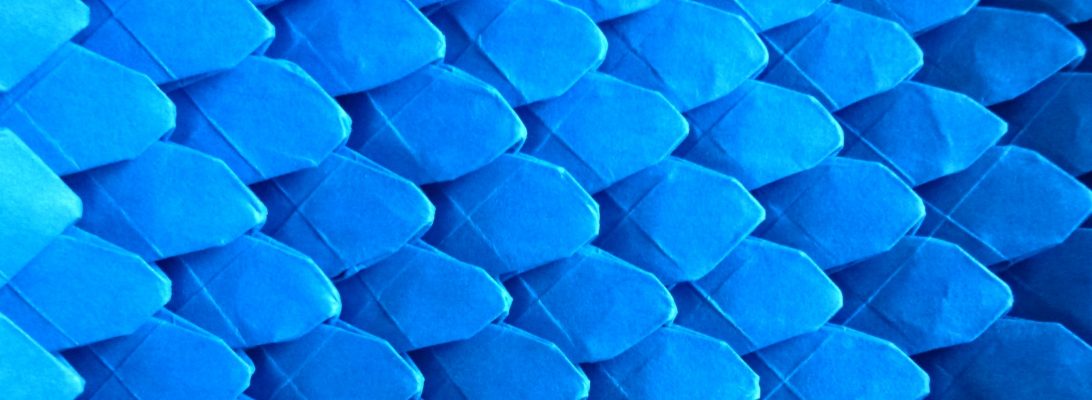So GOT has started again, the final season and it is a promised shitstorm between people and the undead (sorry, if that is a spoiler).

It seems ALL of the trouble of the resident ice-zombies was caused by an experiment between a man and a race called “the children of the forest”, and some dragon glass, but that plot point will be explored further I guess as the series winds up. This mask reminds me of what I imagined the children of the forest looked like when I read the books.
Continue reading















